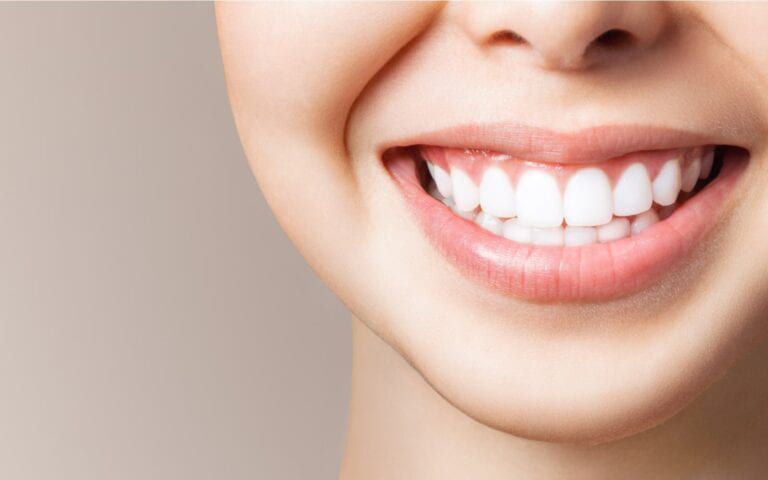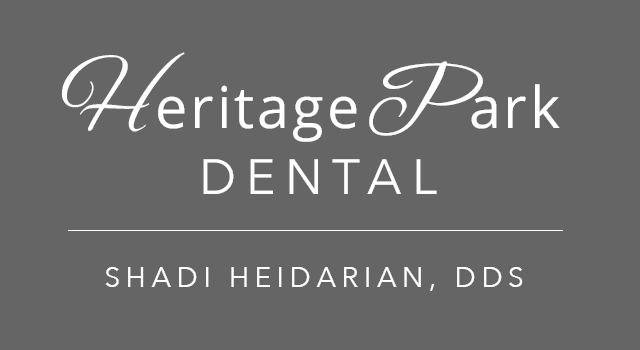Dental Scientists Discover Substance That May Be The End of Cavities

Among the most frequently cited concerns by patients when visiting their dentist is whether or not they’ve developed new cavities. For many of them, this is tied not just to fears of the potential pain from new cavities but from shame over insufficient dental care or fear of the expense involved. For the 61% of the population that have dental anxiety, it can be a cause of serious trepidation. For these patients, in particular, the possibility of a future where cavities are no longer a concern can bring a profound sense of relief. The discovery of two molecules and what they can accomplish when combined may make this future a reality.
Two Sets Of Research Bring Results That May Spell The End For Cavities
In a study conducted some years ago, peptide histamine 5 was discovered and revealed to have significant antimicrobial properties. This peptide was specifically effective against the streptococcus mutans bacteria that are responsible for tooth decay. Phosphoserine was discovered as part of another study, where its ability to encourage dental remineralization was revealed. Scientists started another research study to determine what would happen if these two substances were combined. The outcome of this study was printed in January 2020, sharing the following discoveries:
- The new molecule was capable of creating a strong bond with enamel
- This bond made the teeth involved highly resistant to tooth decay
- The enamel on these teeth was also shown to undergo reconstruction
- These teeth also experienced reduced levels of biofilm accumulation (less plaque)
To begin the study, they first took phosphoserine and peptide histamine 5 and used them to create a new peptide. Like proteins, peptides are made of a collection of amino acids. They are typically smaller in size and have structures that are less well-defined than proteins and generally serve different functions.
The effectiveness of this new molecule quickly made itself known. Patients who were experiencing the accumulation of plaque and tartar on their teeth were given this molecule and were seen to be nearly free of them within 24 hours. In addition, bacteria had a difficult time accumulating on the teeth again without the presence of this biofilm. While testing goes on, we’ll be watching for more published studies in journals like the ACS Applied Materials & Interfaces Journal.
Oral Hygiene Routines Are Still Essential To Protecting Your Teeth
Discoveries like this promise amazing changes in the future of dental care, but an oral hygiene routine is likely to remain necessary. Currently, it represents the only way that it’s possible to guarantee your gums are safe from gingivitis and periodontal disease. It also remains the best way to ensure you don’t suffer from halitosis. Keep up with the following habits to keep your teeth looking great:
- Two minutes of brushing every day
- Floss between all your teeth at each brushing consistently
- Using mouthwash at each brushing
- Biannual visits to your dental care provider
As research continues to bring this discovery to the general public, continuing these habits will ensure that your smile looks and feels great. As part of doing so, you should ensure that you call and schedule your next check-up. Even with this technology, your dentist remains your best friend when it comes to keeping your smile in good health.

